Is Homeschooling Good or Bad?

May 2020
WHAT DO YOU THINK?
In a recent interview and article, Harvard Professor Elizabeth Bartholet. recommends a presumptive ban on homeschooling because its practitioners are disproportionately conservative Christians, eager to shield their children from what they see as the pernicious influence of mainstream education:
“A very large proportion of homeschooling parents are ideologically committed to isolating their children from the majority culture and indoctrinating them in views and values that are in serious conflict with that culture. Some believe that women should be subservient to men; others believe that race stamps some people as inferior to others. Many don’t believe in the scientific method, looking to the Bible instead as their source for understanding the world … As time went on, the conservative Christian wing became the clear majority of all homeschoolers. Estimates of the number of homeschoolers who are religious, or for whom religion is a primary reason for homeschooling, range from over half to 90% … These parents are committed to homeschooling largely because they reject mainstream, democratic culture and values and want to ensure that their children adopt their own particular religious and social views. … The nature of the homeschooling population presents dangers for children and society. It means that many of the children involved will not be prepared for participation in employment and other productive activities in the mainstream world. It ensures that many will grow up alienated from society, ignorant of views and values different from their parents, and limited in their capacity to choose their own futures.”
for homeschooling, range from over half to 90% … These parents are committed to homeschooling largely because they reject mainstream, democratic culture and values and want to ensure that their children adopt their own particular religious and social views. … The nature of the homeschooling population presents dangers for children and society. It means that many of the children involved will not be prepared for participation in employment and other productive activities in the mainstream world. It ensures that many will grow up alienated from society, ignorant of views and values different from their parents, and limited in their capacity to choose their own futures.”
Entirely missing from this picture is any notion of—or curiosity about—why homeschoolers are disproportionately conservative Christians. But there is an obvious reason why homeschooling has become increasingly popular in recent decades among the religious right: the educational establishment has become increasingly ideological and drifted further and further leftward. The views of these educators represent the same kind of rejection of “mainstream, democratic culture and values” that Bartholet attributes to the religious right.
Educators do not represent America. As of 2019, the political imbalances among teachers were startling:
Among English teachers, there are 97 Democrats for every three Republicans, with the proportion being even more one-sided among health teachers, with 99 Democrats for every one Republican … While there are slightly more Republicans among math and science teachers, among high school teachers overall, there are 87 Democrats for every 13 Republicans.
The most apparent explanation for this growing extremism is the radicalization of American teacher education programs, in which notions like white privilege and other concepts derived from Critical Race Theory and the Howard Zinn version of American history take center stage. The ten most frequently assigned authors at several representative American schools of education express political convictions that are left or far left (see here for a more thorough discussion of the radicalization of the education curriculum, though I would take issue with the author’s particular take on the vexed subject of cultural Marxism).
The leftward trend of the past several decades is part of a larger leftward lurch in academia, especially in the humanities: In 1984, the ratio of liberal to conservative university faculty members was roughly 1:1 (39% were left/liberal; 34% were right/conservative). Today that ratio is around 6:1 and the ratio of professors who donate to Democrats as compared to those who donate to Republicans is a whopping 95:1. At top liberal arts colleges, 78.2% of academic departments have either few or no Republicans.
Over the same period, liberals, particularly white liberals, have become increasingly unmoored from mainstream culture, as a well-researched 2019 Tablet article by Zach Goldberg documents. Pat Buchanan’s infamous declaration of a culture war on the floor of the 1992 Republican Convention shortly after the first mass wave of political correctness hit America in the late 1980s did not come out of nowhere. Pew surveys show that between 1987 and 2007, while America as a whole remained largely religious—with little change in respondents’ attitudes towards core questions about the importance of prayer or the existence of God (about 80% endorsed such views)—there was a growing political divide: in 1987, 71% of Republicans and 69% of Democrats embraced traditional religion, while, by 2007, those numbers were 79% and 62% respectively. The same surveys showed that those religious differences were correlated with an increasing divide on social issues, such as homosexuality and gender roles.
In recent years, such divides have become more apparent, as witnessed by the extent to which highly educated, wealthy, white progressives have distanced themselves from the rest of us. According to the Hidden Tribes report, an extensive compilation of survey data from 2018:
25 percent of Americans are traditional or devoted conservatives, and their views are far outside the American mainstream. Some 8 percent of Americans are progressive activists, and their views are even less typical … Among the general population, a full 80 percent believe that “political correctness is a problem in our country.” … While 83 percent of respondents who make less than $50,000 dislike political correctness, just 70 percent of those who make more than $100,000 are skeptical about it. And while 87 percent who have never attended college think that political correctness has grown to be a problem, only 66 percent of those with a postgraduate degree share that sentiment … Among devoted conservatives, 97 percent believe that political correctness is a problem. Among traditional liberals, 61 percent do. Progressive activists are the only group that strongly backs political correctness: Only 30 percent see it as a problem.
These “progressive activists”—50% of whom say they “never pray,” compared to 19% of the general population—are overwhelmingly likely to be among the educated elites that dictate, promulgate and implement dominant educational philosophies:
Compared with the rest of the (nationally representative) polling sample, progressive activists are much more likely to be rich, highly educated—and white. They are nearly twice as likely as the average to make more than $100,000 a year. They are nearly three times as likely to have a postgraduate degree. And while 12 percent of the overall sample in the study is African American, only 3 percent of progressive activists are.
On issues of race in particular, these wealthy white liberal elites have drifted significantly away from the mainstream in recent years. For example, 92% of “progressive activists” believe that Americans do not take racism seriously enough, a view shared by only 40% of Americans overall, and 60% believe that race should be considered in college admissions, a view held by only 15% of all Americans. While Americans as a whole are evenly divided as to the existence of white privilege, 99% of “progressive activists” believe in its existence—perhaps unsurprisingly, since “progressive activists” themselves tend to be both white and privileged.
Education is not insulated from the consequences of the prevalence of “progressive  activists” in its ranks. The New York Times “1619 Project,” for example, reframes slavery and anti-black racism as the pivotal points of American history, by retelling the story of America’s founding from the vantage point of 1619, the year that the first slave ship docked. Despite multiple criticisms from historians, including one who helped fact-check the project, the New York Times has developed and implemented an educational curriculum built around its take on US history. Since the 1619 Project was unveiled in August 2019, the curriculum has been introduced to thousands of students, including K-12 and college students in all 50 states, and deployed on a “broad scale” in the school systems of Buffalo, Chicago, Washington D.C., Wilmington and Winston-Salem.
activists” in its ranks. The New York Times “1619 Project,” for example, reframes slavery and anti-black racism as the pivotal points of American history, by retelling the story of America’s founding from the vantage point of 1619, the year that the first slave ship docked. Despite multiple criticisms from historians, including one who helped fact-check the project, the New York Times has developed and implemented an educational curriculum built around its take on US history. Since the 1619 Project was unveiled in August 2019, the curriculum has been introduced to thousands of students, including K-12 and college students in all 50 states, and deployed on a “broad scale” in the school systems of Buffalo, Chicago, Washington D.C., Wilmington and Winston-Salem.
Given these growing disparities on core religious values and on fringe racial and pseudoscientific sexual ideologies, some progressive activist versions of which are now uncritically taught within the school system, is it any wonder that a disproportionate number of those eager to withdraw their children from school are religious conservatives? If public schools were to start teaching creationism and pseudoscientific racism, lots of secular left-wingers would undoubtedly start bailing out. We should avoid both scenarios.
There is a good argument against homeschooling, but it is not the one Elizabeth Bartholet advances. Disturbing statistics have revealed the extent of the average American’s ignorance of basic facts of history (41% of Americans did not know what Auschwitz was and more Americans could name Michael Jackson as the composer of “Billie Jean” than knew that the Bill of Rights is a set of amendments to the US constitution); science (26% of Americans think the sun orbits the Earth); mathematics; and many other branches of learning that might be taught in school and that should be taught to kids. Twenty-seven percent of Americans had not read even part of a book in the year preceding the 2019 survey, and, as of 2015, only 43% had read a work of literature in the previous year. The issue with homeschooling is obvious: how can we trust such people to teach their kids anything?
By attacking homeschoolers for their political and religious beliefs, while remaining blind to the extent to which schools are increasingly teaching leftist ideology from outside the American political mainstream, commentators like Bartholet prevent us from being able to make that simpler, better argument against homeschooling. We may have good reason not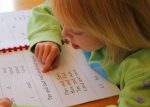 to trust average Americans to homeschool their kids, but the average American also has good reason to no longer trust the school system to discharge the task. The result is a no-win situation, in which Americans are increasingly fracturing into warring tribes without a common base of civic knowledge of the sort that is essential for a functioning democracy—and especially for a demographically diverse, pluralistic democracy in which citizens do not share an ethnicity, religion or other identity.
to trust average Americans to homeschool their kids, but the average American also has good reason to no longer trust the school system to discharge the task. The result is a no-win situation, in which Americans are increasingly fracturing into warring tribes without a common base of civic knowledge of the sort that is essential for a functioning democracy—and especially for a demographically diverse, pluralistic democracy in which citizens do not share an ethnicity, religion or other identity.
The only way that we can hope to fix this problem is by removing blatant ideology from education, so that all Americans can once again trust public schools to teach their kids the facts—and just the facts. This can never be accomplished completely. But, here as elsewhere, the perfect need not be the enemy of the good: the effort alone would be worth it.
************************************************************************************
ISN’T IT TIME FOR FAMILIES TO QUIT PUTTING THEIR MASK ON, TAKING THEIR MASK OFF, AND BACK ON AGAIN………..
IT IS TIME TO MAKE THE MOVE TO HOMESCHOOLING !!
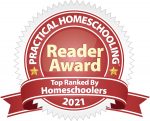
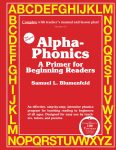
*************************************************************************

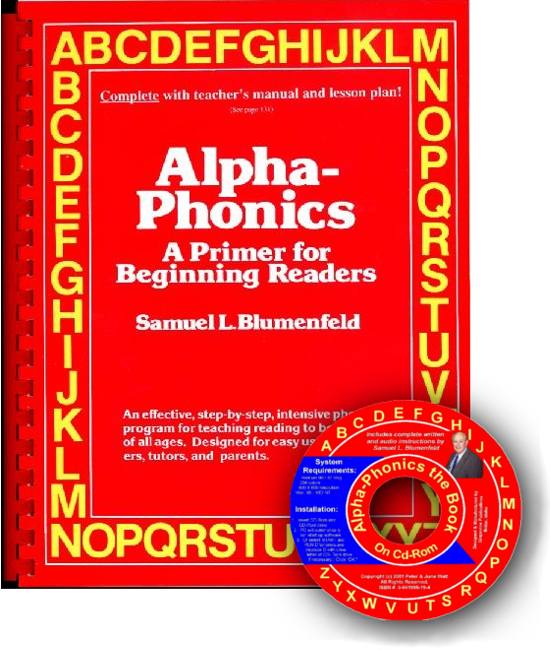 Alpha-Phonics
Alpha-Phonics The Alphabet Song!
The Alphabet Song! Water on the Floor
Water on the Floor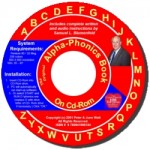 Alpha-Phonics the Book on CD Rom
Alpha-Phonics the Book on CD Rom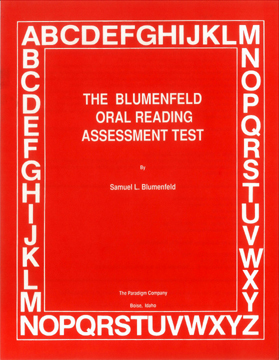 Blumenfeld Oral Reading Assessment Test
Blumenfeld Oral Reading Assessment Test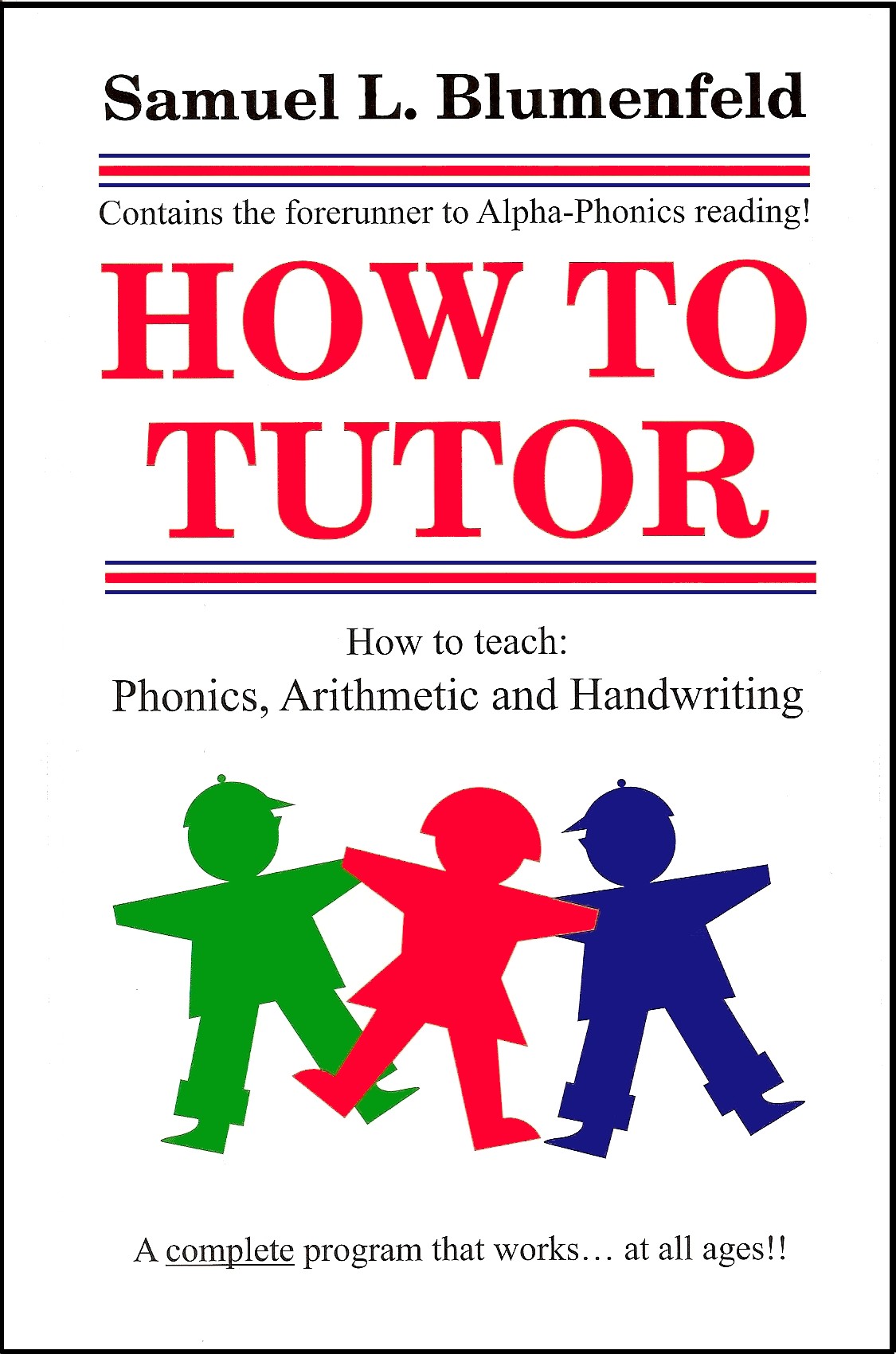 How To Tutor
How To Tutor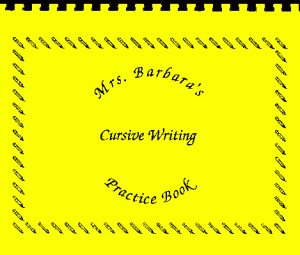 How To Tutor Cursive Handwriting Workbook
How To Tutor Cursive Handwriting Workbook
Leave a Reply
You must be logged in to post a comment.